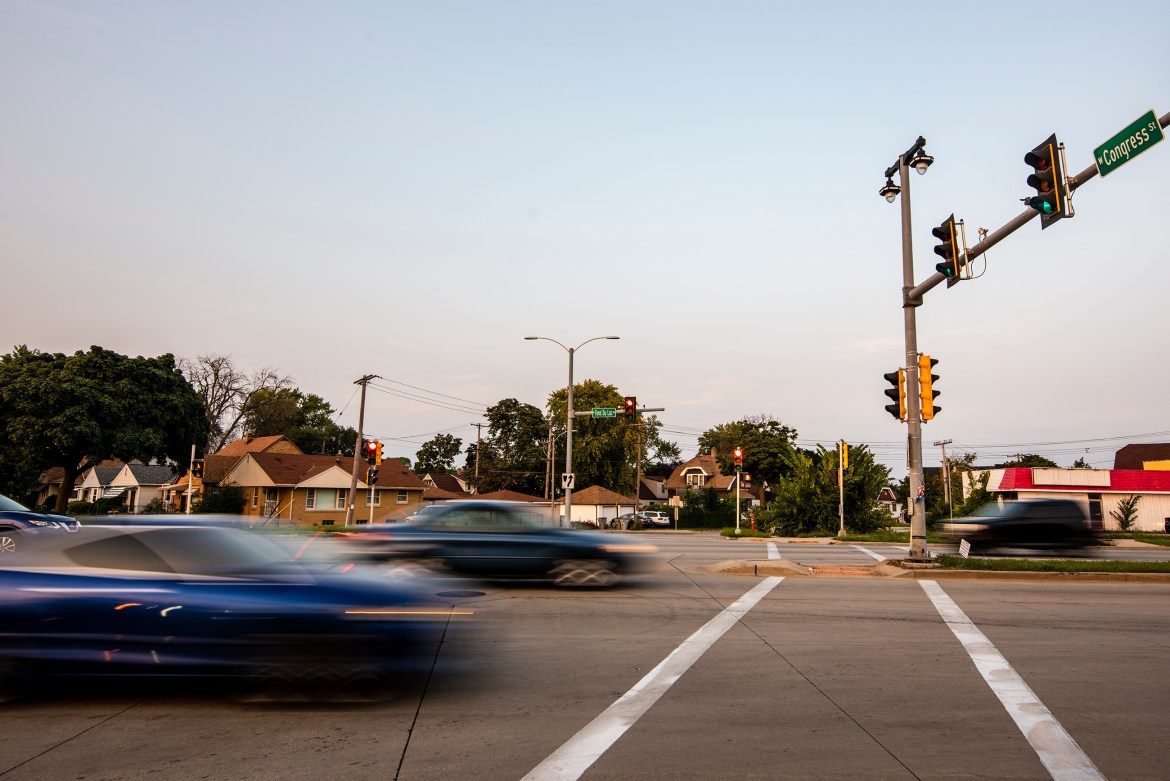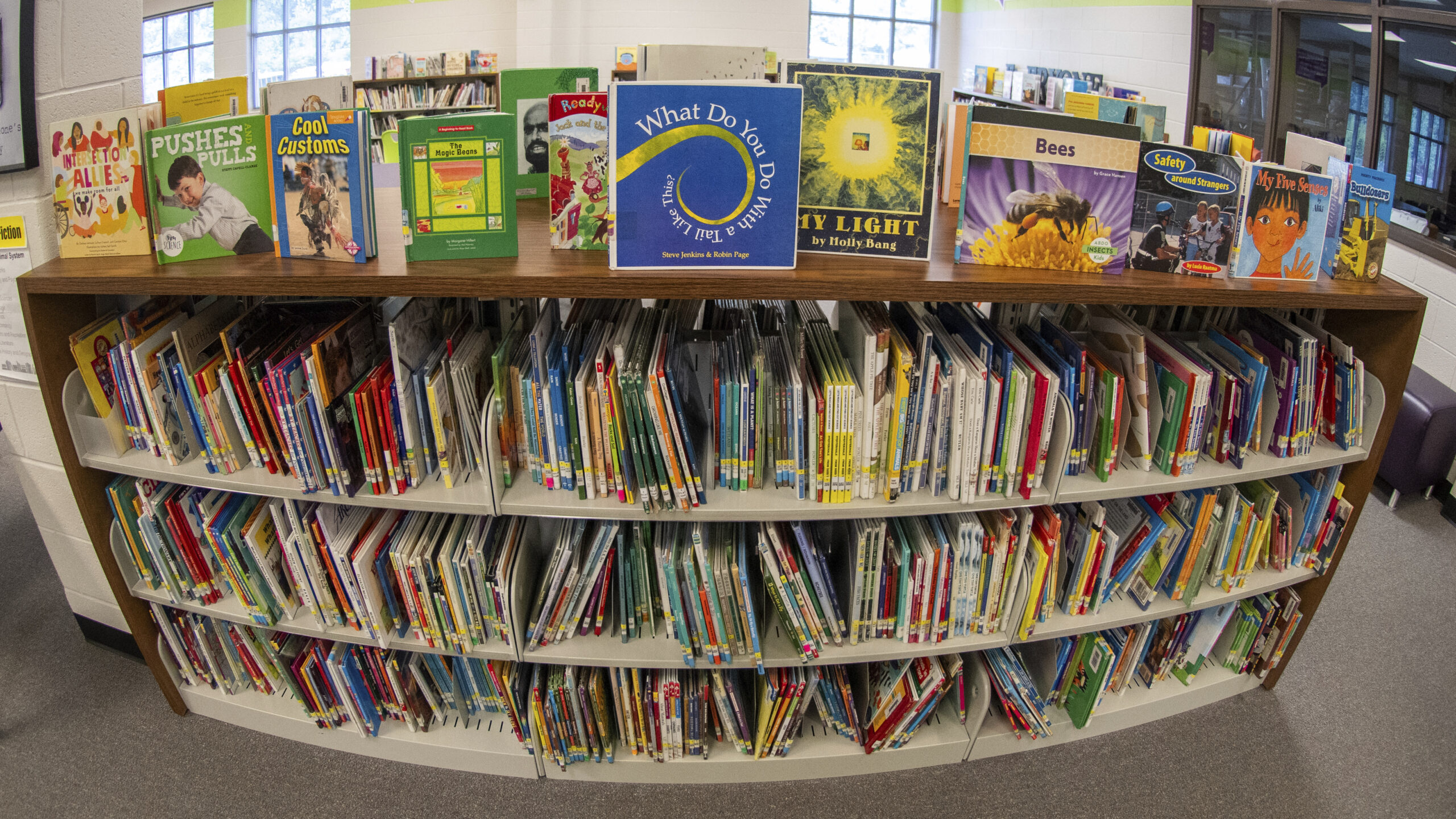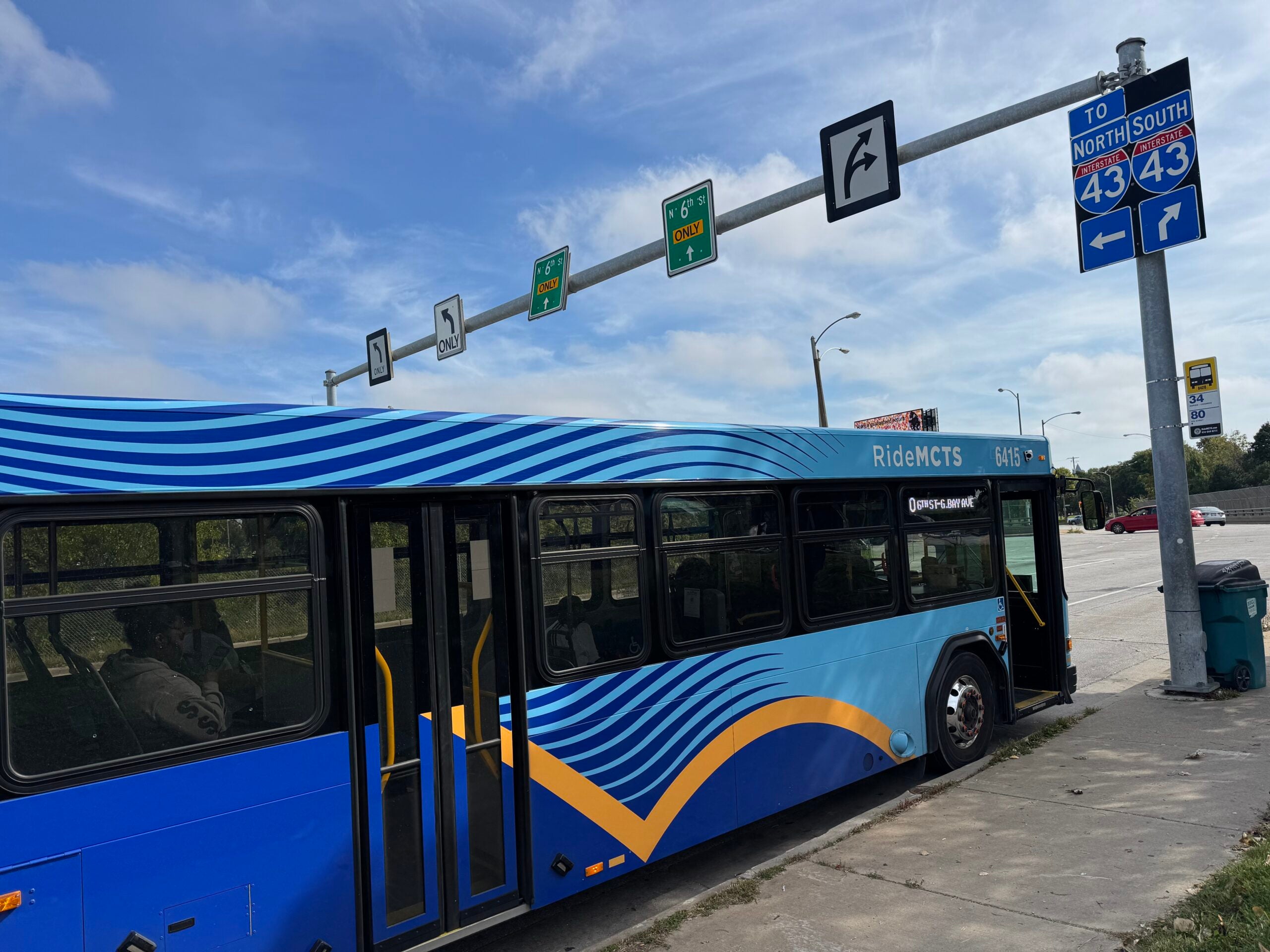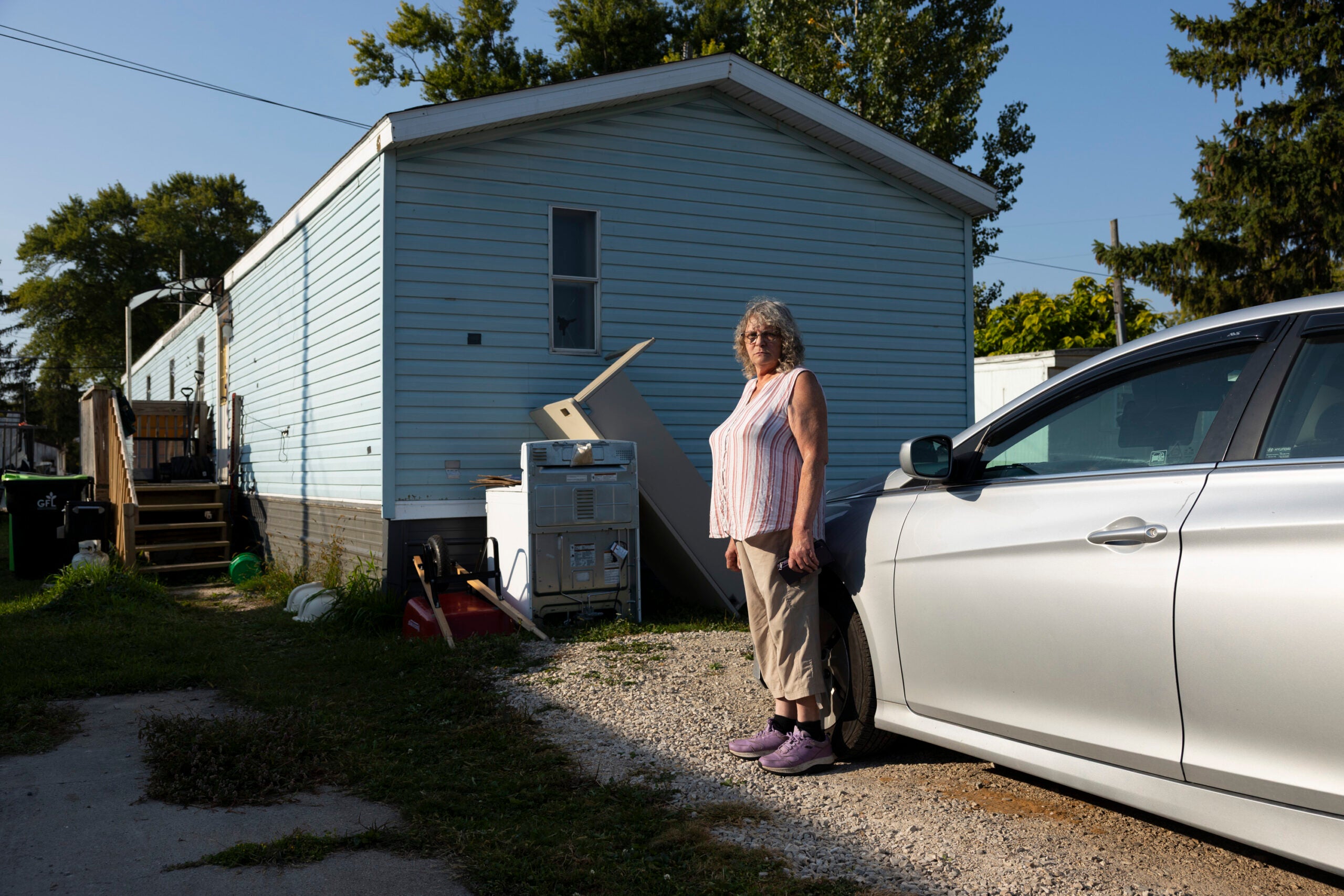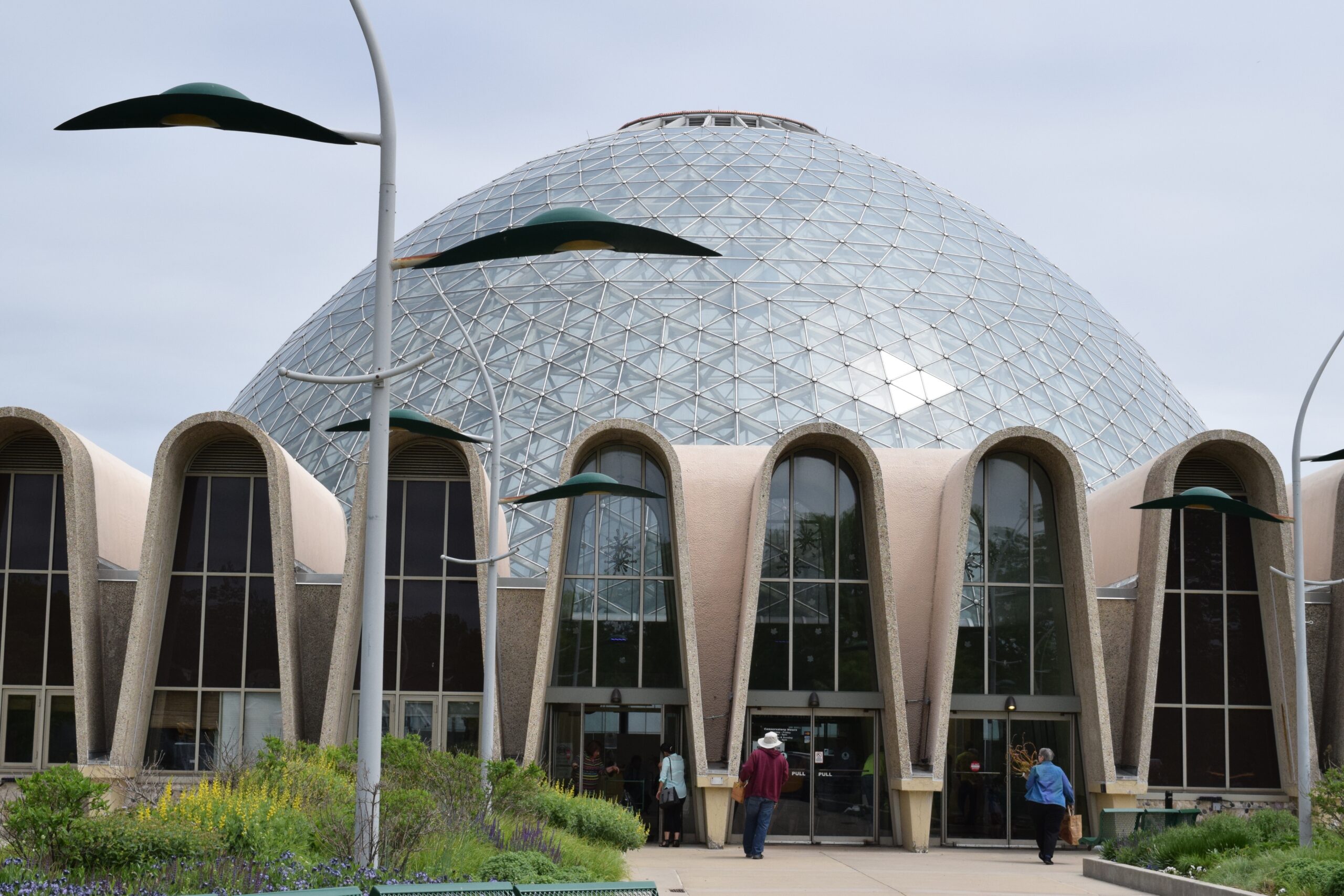Partnering with the local government agencies and municipalities could help the Milwaukee County Parks system address ongoing maintenance and budget problems, according to a new report from Wisconsin Policy Forum.
Although the Milwaukee County budget included an increase in funding for the parks this year, the system has been dealing with budget and staffing issues for years. Deteriorating facilities and trails will require an estimated $496 million in repairs over the next 25 years, according to the report.
Jason Stein, Wisconsin Policy Forum’s vice president and research director, is the report’s lead author. He said his goal was to look at potential collaborations and partnerships to address future challenges in the county system.
News with a little more humanity
WPR’s “Wisconsin Today” newsletter keeps you connected to the state you love without feeling overwhelmed. No paywall. No agenda. No corporate filter.
“It’s a matter of having a system in place that over time can make the kind of investments that are needed to keep the parks reasonably up to date and the recreation opportunities there for future generations,” Stein said.
Milwaukee County owns 142 parks and open spaces, 451 park buildings, 12 parkways and 184 miles of trails. In all, the system covers more than 15,000 acres.
“Many of these assets are deteriorating,” the report states. “The impressive size and breadth of the county parks system also comes with daunting challenges in operating and maintaining it.”
A 2020 estimate found deferred maintenance and capital improvement projects over a 25-year period will cost $417 million in 2020 dollars. With inflation, that estimate is now roughly $496 million. Covering those costs requires an average investment of $19.8 million annually. That estimate doesn’t include the future cost to replace or repair the Mitchell Park Domes.
“The fact (is) that many of these amenities were built decades ago and are in need of maintenance, renovation or replacement,” Stein said. “There just aren’t the resources in county government alone to address this full backlog.”
A 2021 Wisconsin Policy Forum report found a decline of 51 percent in inflation-adjusted spending on operations for the county parks system and a 56 percent drop in parks staff from 1989 to 2019.
Meanwhile, Milwaukee County could face an estimated budget deficit of around $13 million in 2026.
Collaboration could offer help
One opportunity for collaboration is the parks system partnering with the Milwaukee Metropolitan Sewerage District, which provides water treatment and flood management services for 28 communities in the Milwaukee area. The sewerage district has jurisdiction over several rivers and tributaries running along more than 40 county parks and parkways.
“That right there provides the basis for potential collaboration,” Stein said.
Kevin Shafer, the executive director of the sewerage district, said the district is “willing” to partner with the parks system on projects.
“It’s pretty common knowledge that the county parks system faces some huge financial hurdles,” Shafer said. He said the district is “on the record as saying that we want to help the county.”
The parks system has already worked with sewerage district on projects.
At Jackson Park in Milwaukee, the district is removing the concrete lining from more than 2,100 feet of the Kinnickinnic River. As part of that work, they’re paying around $15 million to replace the park’s boathouse, add fishing piers and a bridge over the river, update sports courts, improve paths, make improvements to a pool and upgrade a parks service yard and building, according to the report.
Shafer said the district reshaped Pulaski Park to put in flood management facilities there as well. Shafer called that a “great collaboration” with the county.
“We would like to repeat that model everywhere we can,” Shafer said.
Tyler Byrnes, the contributing author of the report, said there are 147 acres of parking lots within the parks system. Rehabbing those parking lots alone could cost the county an estimated $65.2 million. Reducing the size of the lots could reduce storm water runoff, Shafer said.
“Either reducing the amount of pavement in an area or increasing the rate at which water can flow into that paved surface helps a lot with both flood control, because the water doesn’t flow as quickly into the streams and cause floods, and it can also help with water quality,” Byrnes said.
There are parks in 18 of the 19 municipalities within Milwaukee County. Municipalities have some access to fund park projects that the county doesn’t have direct access to, like tax increment financing, or TIF.
The city of Milwaukee has used TIF financing to do projects in several parks in the city, the report found.
“One of these partnerships isn’t going to solve this whole problem but if the counties and municipalities can find more opportunities to partner together and there’s more collaborations that can kind of chip away at this really big problem,” Byrnes said.
“The more of these that we can have happen, the bigger impacts they’ll make,” he added.
Wisconsin Public Radio, © Copyright 2025, Board of Regents of the University of Wisconsin System and Wisconsin Educational Communications Board.



